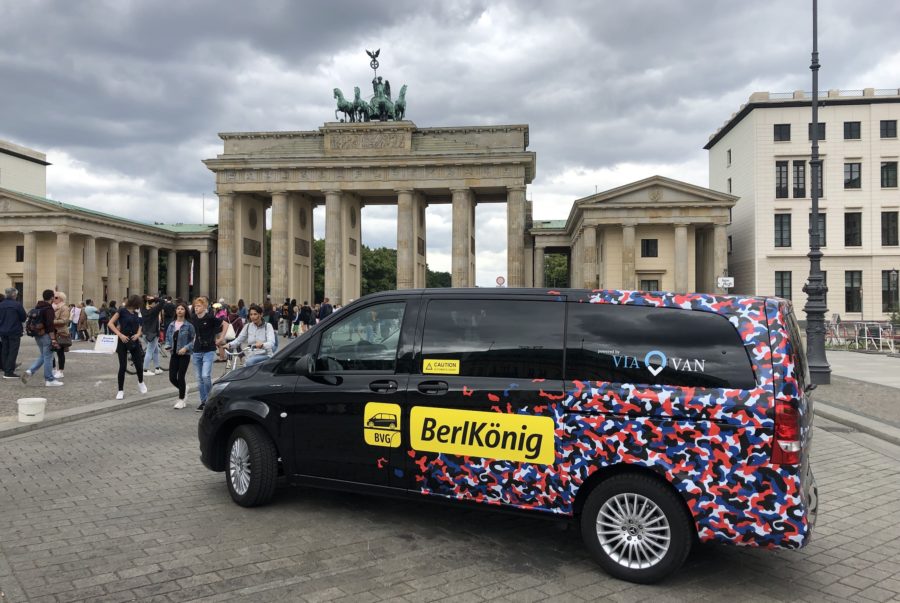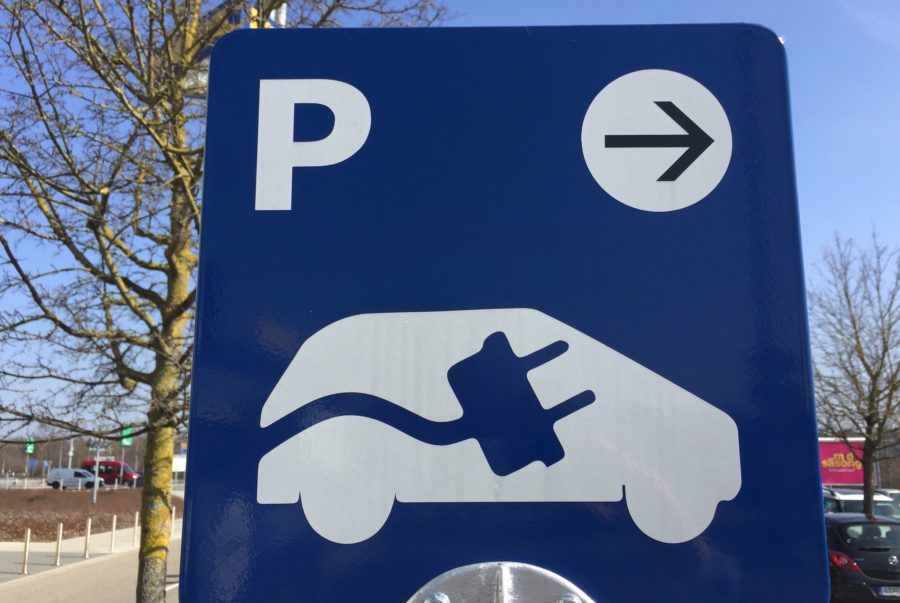Its official world premiere is still imminent, but the first major order has already been received: Mercedes-Benz is supplying 20 city buses of the new, all-electric Citaro to Hamburger Hochbahn AG. Daimler reports with a certain pride, because the launch event of the Citaro eBusse was only a few weeks ago. The first two vehicles will be handed over before the end of this year. Till Oberwörder, Head of Daimler Buses: “With the Citaro, we are launching an essential component on the market on the road to locally emission-free bus transport. Starting in 2020, Hamburg’s Hochbahn intends to procure emission-free buses as far as possible, all of this as a milestone on the road to a green bus fleet.
Citaro electric buses – maximum energy efficiency thanks to thermal management
The new all-electric Citaro excels with maximum energy efficiency. The basis for this is a unique thermal management system. It reduces energy consumption and thus increases the range. For example, an energy-saving heat pump heats the passenger compartment. A rear axle with motors near the wheel hubs is responsible for the drive.
We took a closer look at this thermal concept:
The perfect design of an electrically powered city bus is an art that is based on a highly complicated example of calculation. Battery capacity and thus range, price, weight and operating conditions must be harmonised for every transport operation. Ideally even for every single bus line.
In addition, there are the different operating conditions in practical operation: light or difficult topography of the respective city, mild or extreme outside temperatures, short or long bus lines until the bus drives back into the depot for recharging. Mercedes-Benz developers have found the solution for the new all-electric Citaro: a modular battery concept.
Typical for the Citaro is the modular design of the batteries. They have a total capacity of up to 243 kWh. The Citaro comes with six battery packs as standard. Four of them are in the back left in the rear. Where the combustion engine and the automatic transmission are usually located. Two further packages are accommodated on the roof. On request, however, the Citaro is also available with eight or even ten battery packs. These other batteries are also mounted on the roof. With them, the battery capacity of the city bus grows to a maximum of around 250 kWh.
This means that even under unfavourable conditions without intermediate charging, the Citaro can travel some 150 kilometres, and even more than 250 kilometres under top conditions. With the modular battery system, the new all-electric Citaro becomes a tailor-made city bus.
“The first 20 Mercedes-Benz electric buses go to Hamburg.”
However, batteries are considered to be very sensitive to temperature. We all know the problem when the smartphone battery is quickly depleted in winter or when the range of the electric car melts down in the cold season. The stress of extreme temperatures also reduces battery life, even at high temperatures in summer.
So the engineers from Mercedes-Benz set themselves the task: What to do on a city bus like the new all-electric Mercedes-Benz Citaro? After all, it runs on high-quality and expensive lithium-ion batteries? The idea is as simple as it is ingenious. The service life of the batteries of the Citaro is trimmed to maximum time by cooling. In the Citaro, they are liquid-cooled and thus kept within a narrow temperature range of 25 degrees Celsius.
Like humans, batteries feel particularly comfortable at this temperature. The optimum environment guarantees maximum service life, performance and, in the case of the batteries, chargeability and thus top capacity. And that’s not all: on particularly hot summer days with extreme temperatures, the batteries are even heated by the bus’s air conditioning system.
And so Mercedes-Benz wants to ensure with its eCitaro that the electric buses drive both in the ice-cold winter in Helsinki and in the hot summer of Seville. Innovations in the commercial vehicle segment – we will see some exciting developments in the coming years.
Read more in the category “Innovation”:
Post a Comment
You must be logged in to post a comment.


























